Blog

6G Millimeter Wave Communications
The transmission rate of 6G can achieve 1Gb/s. To achieve such a large speed increase, there are roughly two methods: increasing spectrum utilization and increasing spectrum bandwidth. Millimeter wave usually refers to the frequency band in the 30~300GHz, the corresponding wavelength of 1~10mm electromagnetic waves, its operating frequency between microwave and far infrared waves, 6G
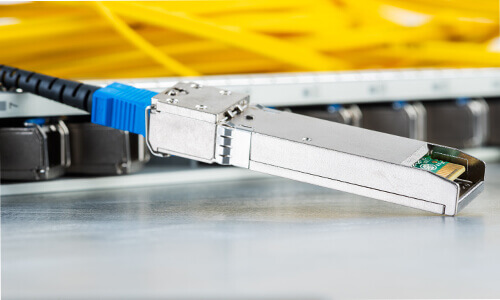
Optical Module Working Principle
SFP transceiver all-in-one transceiver because of its miniaturization, easy hot plug and play, support for SFF8472 standard, analog reading convenience (IIC reading), and high detection accuracy (+/-2dBm or less) and gradually become the mainstream of the use of the following SFP optical module as an example, to introduce its internal composition and the related principle
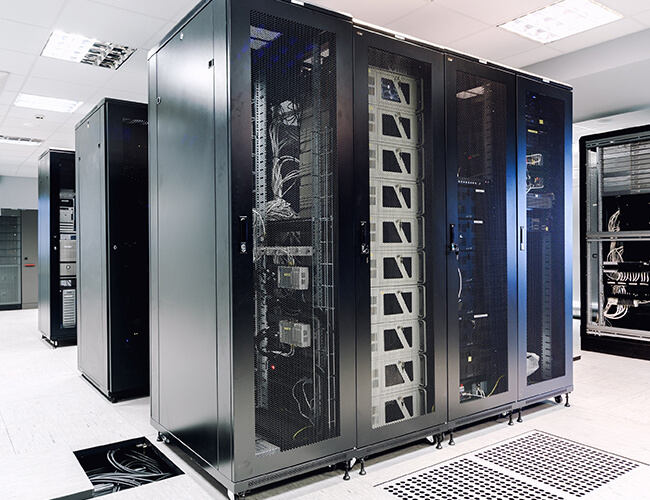
Challenges Of 800G And 1.6T Networks
We know that increasing the baud rate speeds up the transmission of symbols through the channel, but can lead to increased signal attenuation. Increasing the pulse amplitude modulation scheme (PAM) allows more bits to be sent per symbol, but with lower error margins and tighter thresholds. The international organizations IEEE and OIF have both moved
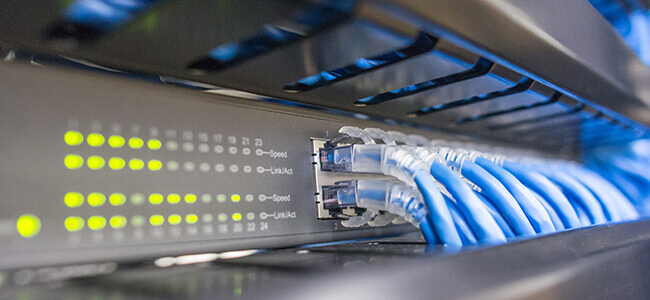
How Exactly Is LAN Switch Different From SAN Switch?
LAN and SAN stand for Local Area Network and Storage Area Network, respectively, and both are the primary storage networking systems in widespread use today. A LAN is a collection of computers and peripherals that share a wired or wireless communications link to servers located in different geographic areas. A SAN in a network, on
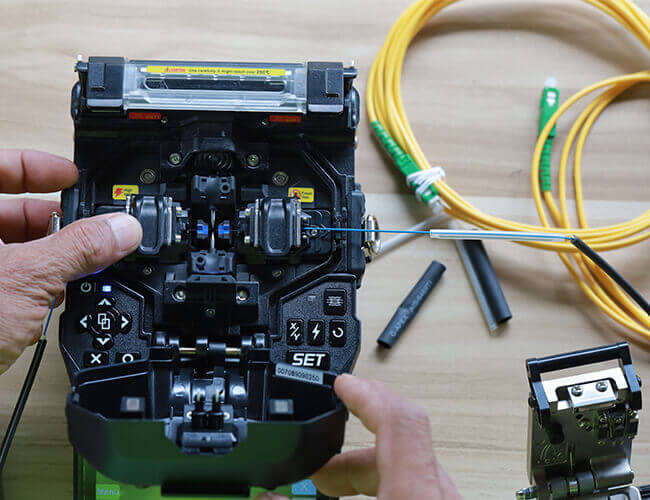
Detailed Explanation Of Fiber Optic Fusion Splicing
Fiber optic fusion splicing is mainly divided into four steps: stripping, cutting, fusion and protection. Stripping: refers to the fiber optic cable in the fiber optic core stripped out, which includes the outermost plastic layer, the middle of the steel wire, the inner layer of plastic and fiber optic surface color paint layer. Cutting: refers

Are You Aware Of Everything About Bearer Networks?
1. What Is Bearer Networks The bearer network is the network used to carry data for various services, which can be the backbone network of the operator or the internal network of the enterprise. The main task of the bearer network is to provide stable, reliable and efficient data transmission services for various services. In
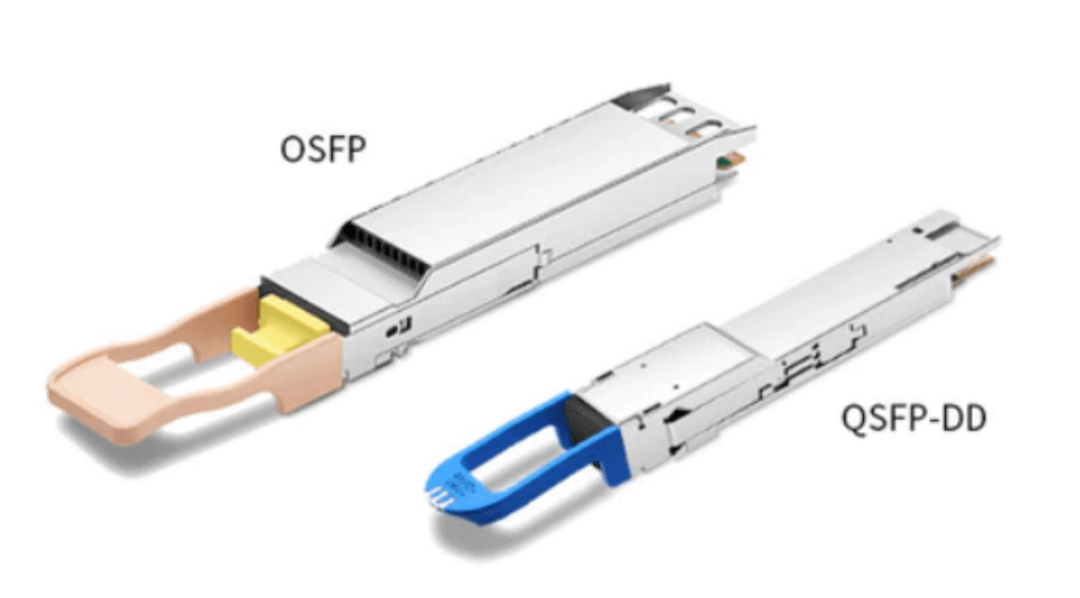
Why Are 800G Optical Modules Important For AI?
In today’s fast-paced world, the need for high-speed data transfer has reached unprecedented levels.The emergence of AI applications and big models has made arithmetic a key infrastructure for the AI industry. As the need for faster communication continues to grow, high-speed optical modules have become an important component of AI servers. 1.Evolution of 800G Optical

What are the Main Installation Methods for Optical Cables?
Due to different construction conditions and requirements, optical cables may be laid in different ways in various scenarios. Common installation methods include direct burial, overhead, pipeline, underwater, and indoor installations. 1. Direct Burial Installation Direct burial, also known as direct burial installation, refers to laying optical cables directly underground in the soil. Typically, in regular
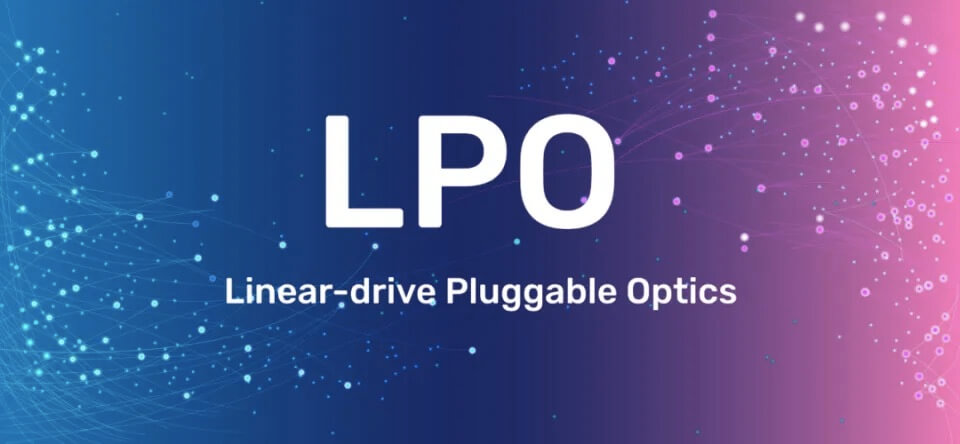
What is Linear Drive?
What is Linear Drive? In the past two years, the concept of linear drive has gained tremendous attention and popularity. Whether it is Arista’s conference reports or the subsequent feedback and launch of related products by major semiconductor manufacturers, linear drive pluggable optics (referred to as LPO below) is steadily landing in the market. Challenges
